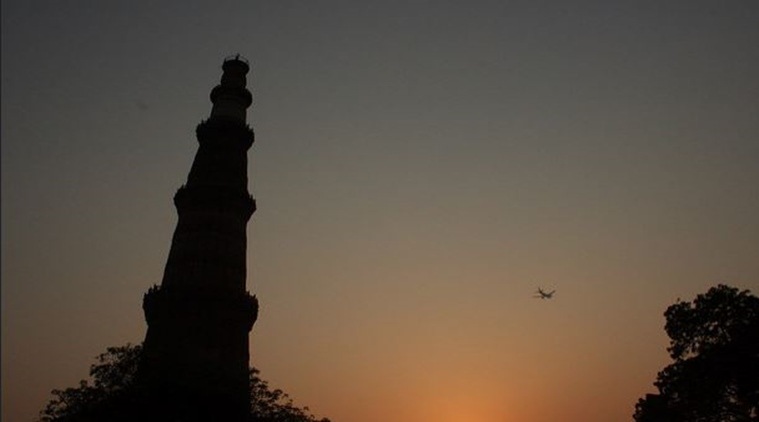Opinion Aircraft near-misses are scary, but your pilot can handle it
Aircraft criss-crossing in the sky are usually flying on reciprocal tracks with a height separation of 1000 feet. This might sound like a short distance that is keeping two aircraft (flying at a closing speed of 1600 kmph plus) apart, but not really.

 Most of you might remember the infamous Charkhi Dadri mid-air collision (the world’s deadliest air collision) that happened near New Delhi. Those were days when ATC relied on the pilots to inform them on the aircraft position and altitude, where as the pilots relied on the ATC to keep them separated from other aircraft. (Source: Nandagopal Rajan, Flickr)
Most of you might remember the infamous Charkhi Dadri mid-air collision (the world’s deadliest air collision) that happened near New Delhi. Those were days when ATC relied on the pilots to inform them on the aircraft position and altitude, where as the pilots relied on the ATC to keep them separated from other aircraft. (Source: Nandagopal Rajan, Flickr)
If you have ever been part of the aviation sector, you would know that the primary word of focus is always ‘Safety’. This word is taken so seriously that everything from ATC and aircraft to ground equipment are built with multiple redundancies that are aimed to deal with worst-case scenarios. Even so, a lot of reports have been surfacing recently that the number of ‘near misses’ above India skies is on the rise. This is a cause of concern, but here is why you should not lose sleep over it.
Aircraft criss-crossing in the sky are usually flying on reciprocal tracks with a height separation of 1000 feet. This might sound like a short distance that is keeping two aircraft (flying at a closing speed of 1600 kmph plus) apart, but not really. Thanks to autopilots, precise instruments, and other advanced mumbo jumbo – 1000 feet is just perfect. It is the job of the air traffic controllers to keep these aircraft apart and on time, but they are not the last line of defence – it’s the pilots.
Most of you might remember the infamous Charkhi Dadri mid-air collision (the world’s deadliest air collision) that happened near New Delhi. Those were days when ATC relied on the pilots to inform them on the aircraft position and altitude, where as the pilots relied on the ATC to keep them separated from other aircraft. However, now, air traffic monitoring systems have been modified to be capable of showing the exact height, distance and speed of aircraft.
In any case, if the ATC for some reason is unable to maintain separation between aircraft, all commercial aircraft have a Traffic Collision Avoidance System (TCAS) which, as the name suggests, helps a pilot avoid a mid-air collision. TCAS between two proximate aircraft can communicate with each other. If their vertical distance and proximity triggers the TCAS, a Resolution Advisory (RA) is issued by the system. The system is capable of tracking multiple aircraft in a 35 Nautical Mile (65 kilometers) radius.
Imagine you are flying in an aircraft at 26,000 feet, and a reciprocal aircraft is a few kilometres ahead and below (let’s say 25,800 feet), and climbing. If the TCAS system detects the track of the aircraft to conflict with users at an altitude less than 1,000 feet, it will generate a warning for both aircraft 30-40 seconds before collision. One of the aircraft is issued an order to ‘descend’ and the other is given an order to ‘climb’.
It is by requirement that pilots in both aircraft follow TCAS commands in case an RA is generated; even if it goes against ATC instructions.
TCAS system is so sophisticated that it will give you a secondary RA, if your climb or descend brings you into proximity with another traffic. Pilots who train on commercial aircraft regularly go through TCAS drills, and have their collision avoidance procedures well rehearsed. I remember a drill in which, TCAS helped me squeeze between two aircraft flying just 600-700 feet apart.
It is impossible to keep hundreds of flying metal tubes (zipping through the air at 800 kmph) separate from each other every single time. But be assured that your pilot is well trained to deal with the scenario, because this is what he practices every few months in a simulator.






